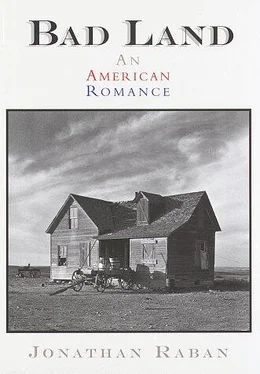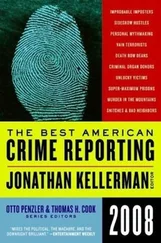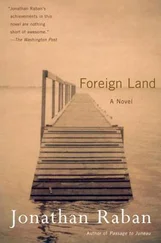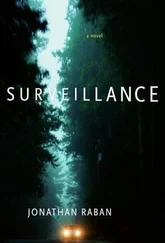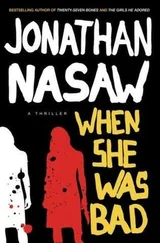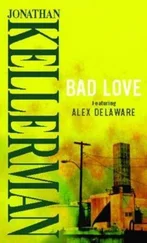Even now, when movies and television have flooded the globe with evocative American imagery, it’s a treacherous business, this bodying forth of one’s projected new life. The big, obvious pieces of the picture may all be convincingly American, but the old world sneaks into every unregarded gap that it can find. You conscientiously dream into being a lofty New York apartment — but it has an obstinately English smell and English light fixtures (the switches go down for On and up for Off). Your imagined American fields have English hedges. Born to a land where country roads loop circuitously around ancient, Domesday Book property lines, your rural America sprouts winding English lanes.
Long after the emigrant has become an immigrant, he or she retains a compulsively similitudinous cast of mind. Everything here is seen in terms of how things are done there . We’re always translating back and forth between the old and the new. I still can’t rid myself of the reflexive tic that converts all dollar transactions back into the “real money” of the English pound. In the supermarket, I carry the day’s exchange rate in my head. And so it goes for more important things, like one’s sense of space and distance. The shadow of one’s home country falls, unbidden, across almost every inch of American soil.
The pamphlet readers, innocent of the reality of America, brought to the text both a willing credulity and a readiness to fill in the spaces between the words with their own local, European experience. They had no more real idea of Montana than they had of the dark side of the moon. But they were devout believers and imaginers. The authors of the railroad pamphlets were able to reach out to an audience of ideal readers of the kind that novelists dream about, usually in vain.
When the packet arrived in the mail in the London tenement building, it was bigger and fatter than expected. The book that slid from the manila envelope had the glamorous, bang-up-to-date look of a bestseller. The dominant color on the cover was a warm golden yellow — the color of sunshine and ripe wheat. The designer had drawn the northwestern states as a single enormous field stretching from the Dakotas to the Pacific. Across the field ran the straight line of the Milwaukee Road. In the far distance lay its twin termini of Tacoma and Seattle; in the foreground were Ismay, Mildred, Terry, Miles City. The main body of the picture showed a fresh-faced young man steering a plow drawn by two horses. As the virgin earth peeled away from the blade of the plow, it turned into a breaking wave of gold coins. Sovereigns and pieces-of-eight were tumbling out over Ismay and Mildred.
The plowman looked strangely unplowmanlike. His exposed forearms were too pale, his hair too closely barbered. Beneath the brim of his new Stetson hat, he sported a pair of steel-rimmed specs. One might guess that just a few months, or even weeks, ago, this plowman had been sitting on a high stool in a dusty city office, keeping track of someone else’s money in laborious copperplate.
The cover raised a smile. It was an amusing flight of fancy, and one would have to be a great fool to take it seriously. Yet the more you looked at the sober text of the book, the wild claim made by the image on the cover grew to seem less and less fantastic.
It was there in black and white — the facts and figures, the testimony of learned professors, of experts from the United States Department of Agriculture, of new settlers, already coining money from their homesteads. There was a supporting photograph on nearly every page. A fleet of heavyweight pigs, grubbing in a meadow of sweet clover. A happy homesteader, standing neck-deep in a field of corn. Stocks of Turkey Red wheat, casting long shadows on the ground at the end of a hard day’s harvesting. Pictures of giant pumpkins, piles of new-laid eggs, smug cows and fleecy sheep. Pictures of the homesteaders themselves, on horseback, putting up fences, feeding chickens, brandishing sugar beets — all with the tranquil, engrossed air of people following their true vocation.
Here were the facts. At the Great New York Land Show, held in Madison Square Garden, Montana had carried off the prizes for the best wheat, best oats, best barley and best alfalfa in the United States. In print, these crops took on a solid, succulent weight. “Oats grow to perfection. There is something about the climate that favors them and produces a bright, plump, heavy berry that averages forty pounds to the bushel.” On alfalfa, the “noted alfalfa grower,” Mr. I. D. O’Donnell, turned in a lyrical prose-poem in praise of “this wonderful plant”:
Alfalfa is the best mortgage-lifter ever known. It is better than a bank-account, for it never fails or goes into the hands of a receiver. It is weather proof, for cold does not injure it and heat makes it grow all the better. A winter flood does not drown it and a fire does not kill it. As a borer, it is equal to an artesian well; it loves water and bores to reach it. When growing there is no stopping it. For filling a milk can it is equal to a handy pump. Cattle love it, hogs fatten upon it, and a hungry horse wants nothing else.
Or one might dwell with interest on the crisp figures issued by Mr. J. A. Brockway from his homestead near Miles City. “He produced last year $361 worth of onions from seven-eighths of an acre with $60 spent for labor. He made on potatoes as high as $100 per acre net profit and raised thirty barrels of pickling cucumbers from five-eighths of an acre.” That Mr. Brockway had to hire labor to harvest the produce of less than an acre was a nugget of information to which one’s imagination would return in the sleepless hours.
The book did not gloss over the fact that the land was dry — or at least dryish . There were figures from the U.S. Weather Office in Miles City: in 1906, 16.61 inches of rain fell; in 1907, 14.75 inches; in 1908, 19.08 inches; in 1909, 13.31 inches. It wasn’t much — about half the annual rainfall on London and East Anglia. But it was more than one might have feared.
According to the book, most of what rain there was fell during the growing season: it carne when it was most useful. And light rainfall means more sunshine. Here Professor Atkinson of the Montana State Agricultural College sounded a reassuring note: “All plant production is based on the presence of sunlight. An area, therefore, having a large number of bright days, is more fitted to bring rapid and satisfactory plant growth … This is one of the reasons why crop returns in Montana are greater than in areas of more rainfall.”
Too much rain (one learned) is a curse. It washes the goodness out of the soil. Mr. F. Walden, “the agricultural expert,” pointed out one unexpected advantage of farming in a dry climate:
In arid and semi-arid countries the soils are unleached, but where copious rains have been falling for ages, the fertility to a large extent has been washed into the lower strata or washed away entirely. It is well known that leached ashes are not nearly so fertile as unleached. The same is true of soils.
There was also the near-certainty of heavier rainfall in the future. For rain follows the plow.
It seems to be a matter of common observation that rainfall in a new country increases with settlement, cultivation and tree planting … Professor Agassiz, in 1867, predicted that this increase in moisture would come about by the disturbance of electrical currents caused by the building of the railroads and the settlement of the country.
Good for crops, Montana’s bracing climate was even kindlier to humans. “Its dry atmosphere will cure affections of the nose, throat and lungs.”
The book, taken to work and dipped into on the omnibus and in the lunch hour, grew into a dependable source of private excitement. The new science of dry farming (“which, of course, does not mean farming without moisture; it means a method of farming that conserves moisture”) was the key, and the man who mastered the basics of it could put himself on an equal footing with the rich farmers of Kent and Essex.
Читать дальше
